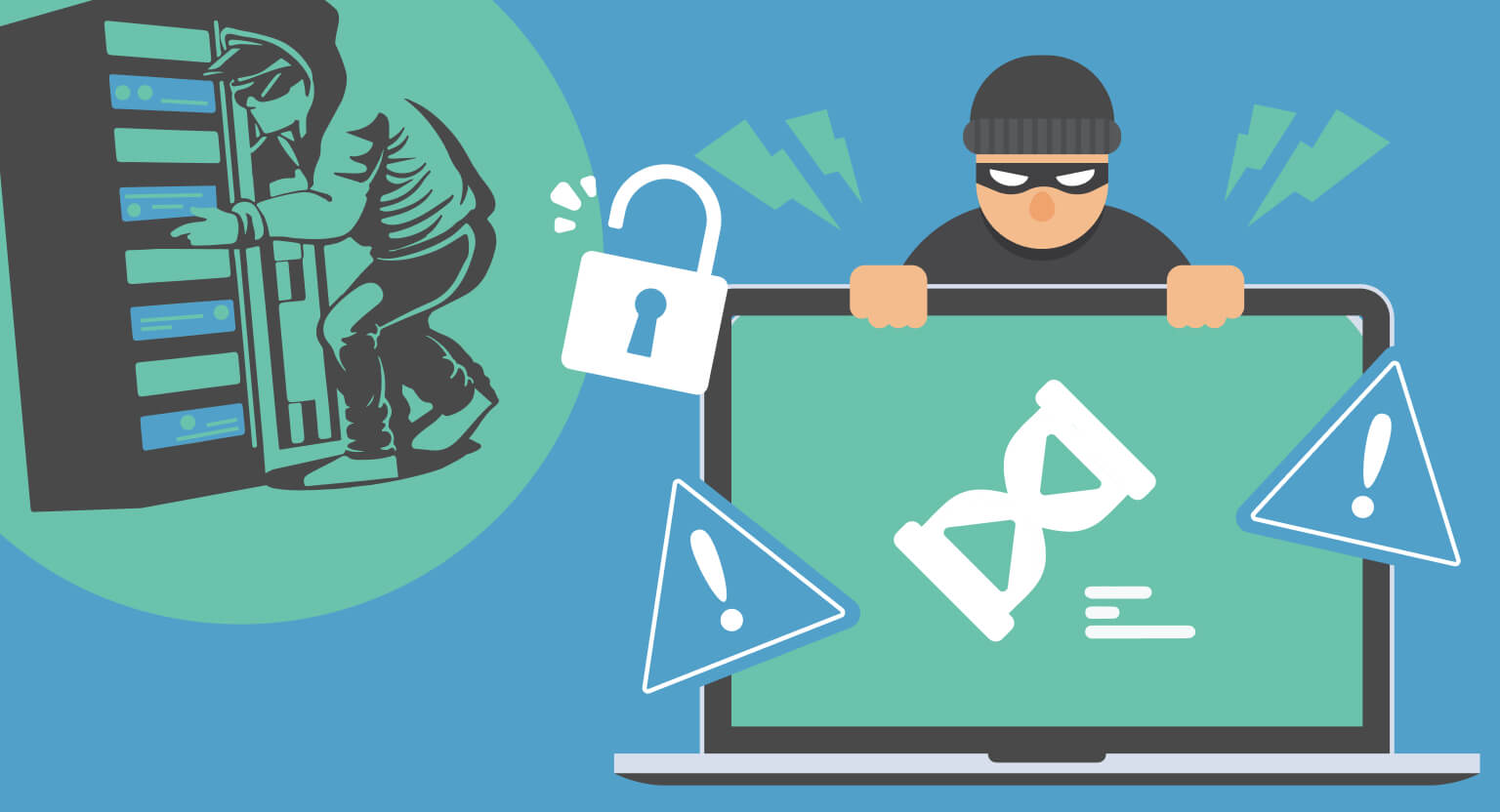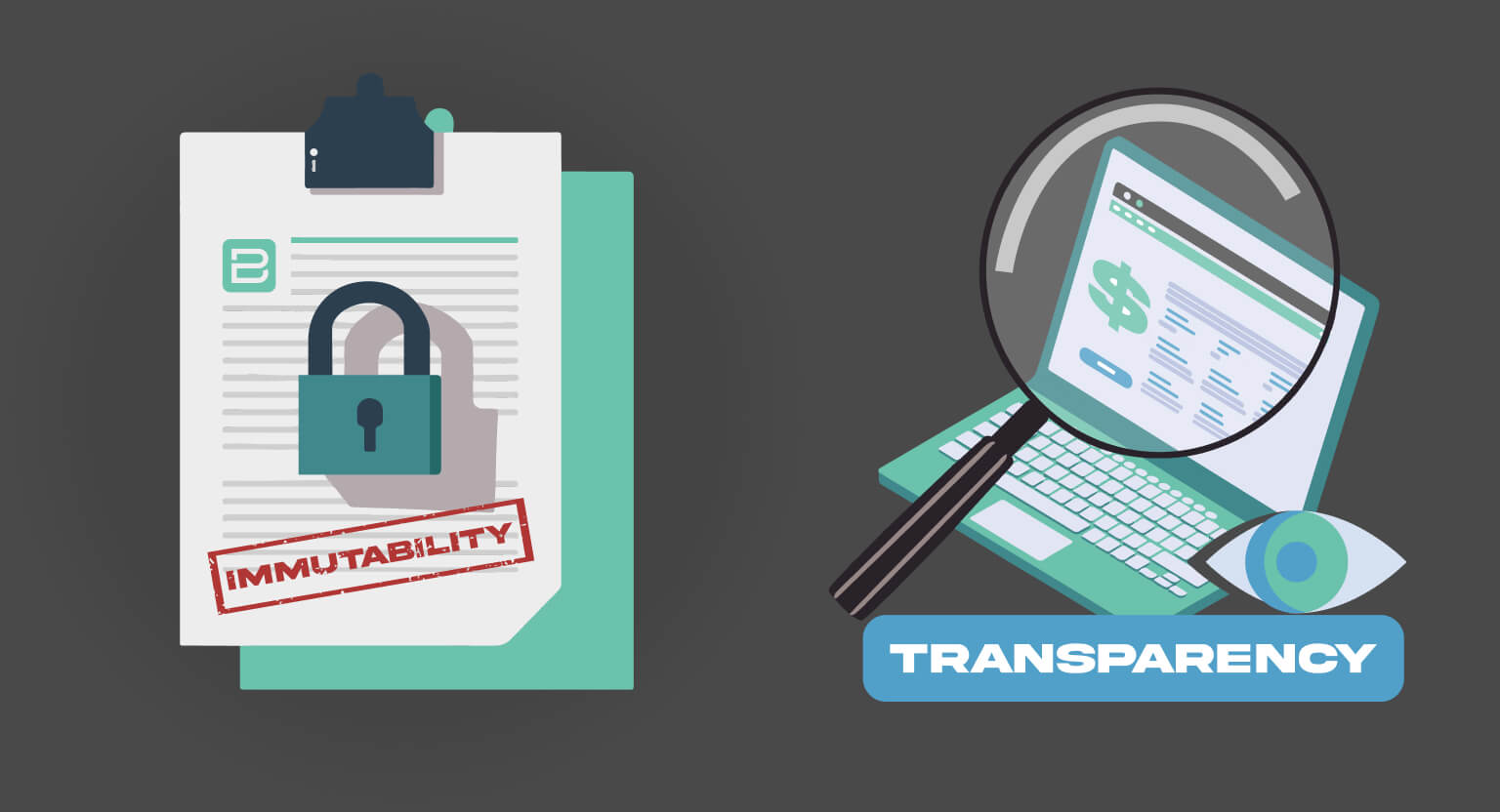Data Provenance & Its Evolution To Blockchain Recordkeeping
Table of Contents
- Introduction
- How Is Data Provenance Implemented?
- The Challenges Of Traditional Data Provenance Tools
- Why Choose Blockchain For Data Provenance
- Companies Pioneering Enterprise Blockchain-Based Data Provenance
- Conclusion: The Future of Data Provenance
Introduction
Let’s talk about something that’s been buzzing around lately in my opinion: data provenance using blockchain’s recordkeeping capabilities. The concept of data provenance is not just a topic of academic interest but a cornerstone of our rapidly shifting digital society.
Data provenance refers to documenting or tracing the origins of data. It encompasses the history of data, how it was created, who has modified it, and how it has been altered. In some industries, data provenance even keeps track of the methodology used to create or alter data to ensure the reproducibility of the data. For instance, this is important for scientific research to ensure transparency in methodology.
Now, you might wonder, “Why mix blockchain into this?” Well, it’s not only for the tech hype. I’m excited to take you on a journey discussing the tooling, solutions, and problems of the current data provenance landscape and evaluate if blockchain can positively impact data provenance.
Are you ready to learn more about this data journey?
How Is Data Provenance Implemented?
You can implement data provenance in various forms. It can be as simple as taking notes on a sheet of paper or as complex as implementing software that tracks every change on a database.
The tools used vary by the specific needs and the data environment. These tools varyingly cater to requirements such as workflow management, version control, and provenance frameworks for particular industries. Here are some examples:
- Luigi: Developed by Spotify, Luigi is a workflow management system that helps you build complex data pipelines. Therefore, it helps record task execution order and data paths, thereby contributing to data provenance.
- Git: Ah, Git, my trusted sidekick for any coding project. It’s like a having a personal time travel machine for your projects. This tool is one of the most popular source code management tools that allows you to track the evolution of your data and code. It can handle both small and large projects with complex data changes. The most significant benefit of this tool is that it can roll back your state to a previous point or inspect the data history.
Sneaky tip: You can use Git to blame coworkers who added faulty code or data! - CKAN: Comprehensive Knowledge Archive Network (CKAN) is a powerful data management system that makes data accessible by providing tools to streamline publishing, sharing, finding, and using data. You can configure CKAN to track metadata and change logs, aiding in data provenance.
The implementation of data provenance varies significantly depending on the needs of the specific data environment. Tools like Luigi, Git, and CKAN represent just a fraction of the available tools to create a robust data provenance system. However, despite the capabilities of these tools, organizations often run into data centralization, interoperability, and security issues.
Now, let’s pivot to a bit of a sticky wicket: the challenges of traditional data provenance tools.
The Challenges Of Traditional Data Provenance Tools

While tools like Luigi, Git, and CKAN offer many benefits, they also come with their own set of limitations. For example:
- Risk of centralization: While data provenance helps companies improve data quality and integrity, how data provenance is implemented can pose a risk to their data quality and integrity. Centralizing all of your data makes your data vulnerable to breaches, corruption, or loss.
- Limited interoperability: While data provenance tools are great by themselves, they often don’t talk with each other. If you require data provenance across different organizations or systems, it’s often hard to integrate them with your data provenance tool. Therefore, some data flows can’t be tracked or verified, potentially compromising your data integrity.
- Scalability: While the sheer amount of data in use by organizations grows, data provenance tools also need to scale. This increased load may slow down your systems because data provenance tools can’t handle the data load.
- Trust and verification: How do you know that nobody has altered your data directly in the database? How do you ensure data integrity when data crosses organizational boundaries? These questions reveal that ensuring the data hasn’t been tampered with is challenging.
Alright, after wrestling with the traditional data provenance tools, cue the blockchain-based tools. I’ll explain how those tool ensure better data quality, integrity, and trust. Ready? Let’s go!
Why Choose Blockchain For Data Provenance
Blockchain offers a couple of interesting properties that address some of the current data provenance shortcomings:
- Trust through immutability: Once a data point has been registered, it can’t be altered. It allows you to build a high level of trust in your data history.
- Decentralization: The data doesn’t live in a single location, but instead is spread out across a network of operators. Therefore, there’s no risk of centralization, which enhances data security and eliminates central points of failure.
- Transparency: This is one of the key benefits of using blockchain. Like a data change, every action is visible to anyone on the network. It allows organizations to know exactly what happened to their data and how it has evolved.
- Cross-organization and cross-system: Blockchain is great for building cross-organizational or cross-system data pipelines, as anyone can connect to the blockchain to publish and modify data.
- Smart contracts: One of the most underestimated features is smart contracts. They allow you to define rules and automate data provenance processes. Smart contracts execute actions only when predefined conditions are met. On top of that, you can require certain employees or stakeholders to sign the data. This means you know who altered the data or approved a data mutation. For these reasons, it’s a great solution to ensure data trust and security.
- Scalability: You can benefit from unparalleled scalability depending on your chosen solution.

While blockchain seems like a great solution, you must consider a few challenges when adopting it.
First, implementing blockchain comes with a new working paradigm. You must learn about blockchain-specific concepts such as wallets, key management, and storage fees. Make sure your organization is ready for this change.
On top of that, blockchain offers a lot of transparency. It could even be too much. Anyone can inspect every data point you publish. Therefore, you might inadvertently publish privacy sensitive information. However, specific solutions exist. For example, some people prefer to use zero-knowledge proofs, a technology that allows you to hide sensitive information. Unfortunately, the technology is complex to implement.
Another solution is mintBlue’s non-custodial approach, where you can sign the data with a key that’s only shared within your organization or team. The data gets published in an encrypted format, rendering it unusable to any outsider. Therefore, your organization can still decrypt the information and use it for data provenance but nobody else can read your sensitive information.
Companies Pioneering Enterprise Blockchain-Based Data Provenance
I would like to provide you with a shortlist of companies who I think are pioneering data management using blockchain. Let’s take a look:
- IBM Blockchain: IBM is a forerunner in enterprise-level blockchain solutions. They’ve created a platform that not only ensures secure transactions but also establishes a tamper-proof recordkeeping system.
- Everledger: Tackling the issue of provenance in valuable goods markets, Everledger employs blockchain to track the lifecycle of diamonds, ensuring that each stone’s history is preserved and traceable, effectively combating fraud in the industry.
- Factom: Introducing a layer of data integrity and fixed records on top of blockchain, Factom focuses on securing data for a variety of industries, from real estate to legal documentation, making sure that records remain unalterable and transparent.
- mintBlue: mintBlue is redefining data handling for businesses. They offer a unique blend of security, efficiency, and ease of integration, allowing organizations to build custom data provenance solutions with flexibility and cross-system data sharing in mind.
Phew! That was quite a tech-savvy journey, wasn’t it? Let’s wrap up.
Conclusion: The Future of Data Provenance
As we wrap up, I’m betting on a future where blockchain-based data provenance take the lead. Currently, not a lot of tools exist but companies are slowing warming up to the idea of blockchain-based data provenance and the new possibilities it offers, such as cross-system data provenance, decentralization, data immutability, and the added data transparency. There’s no doubt they directly address the core challenges of traditional data provenance systems.
However, most organizations won’t build their own data provenance tooling themselves, but I expect to see many new, industry-specific tools built using blockchain. Most likely, these tools will leverage smart contracts and allow for secure cross-organization or cross-system data sharing.
We might even see completely new data-sharing, management, and monetization paradigms with platforms like Ocean Protocol. They are revolutionizing data provenance by creating a marketplace connecting data providers with data consumers.
What’s next for our data-driven world, you ask? Well, I’m all ears and can’t wait to explore more of these frontiers with you.
